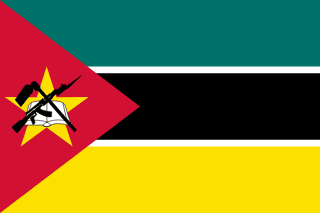Maputo - Introduction

About Maputo
Maputo Current Weather
Maputo, Mozambique
2025-11-29 19:38
Partly cloudy
26.3°C
Temperature:26.3°C |
79.3°F
Feels like:30.7°C |
87.2°F
Other weather information:
| Parameter | Value |
|---|---|
Wind 
|
26.3 km/h |
Pressure 
|
1004 mb |
Humidity 
|
84% |
Visibility 
|
10 km |
UV Index 
|
0 |
Precip 
|
9.6 |